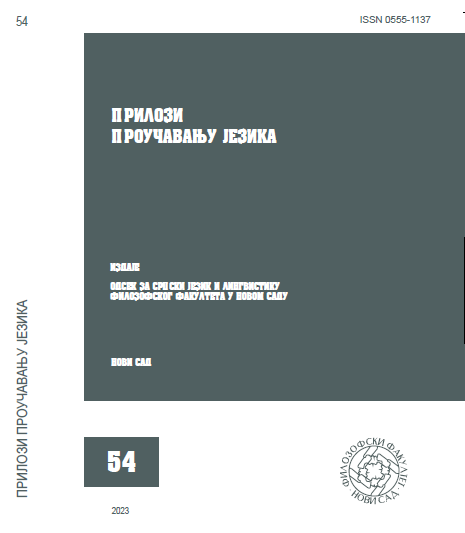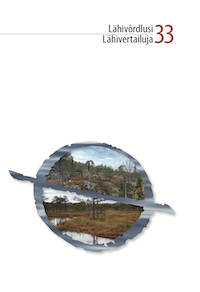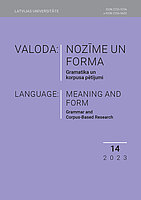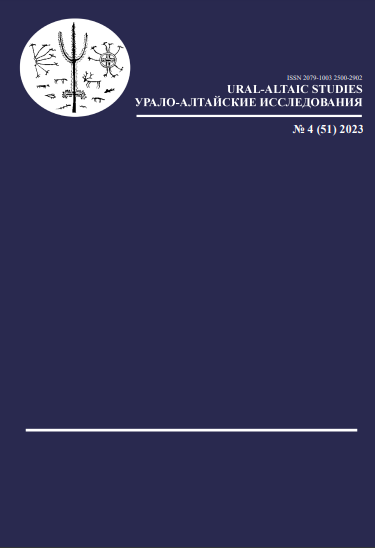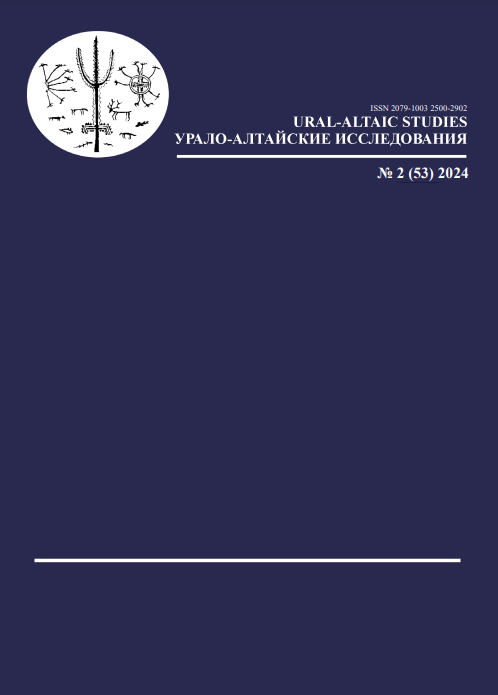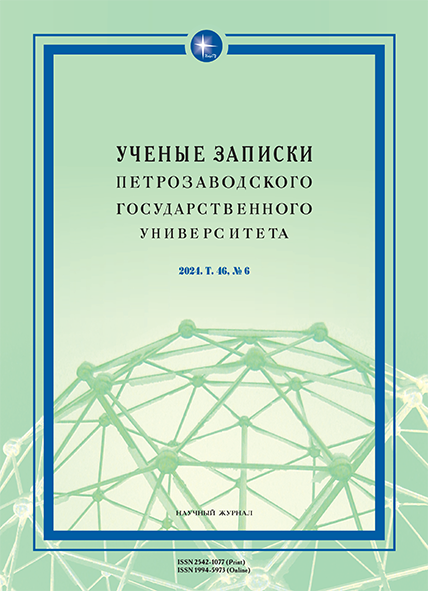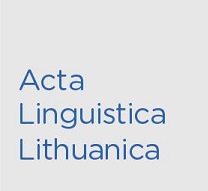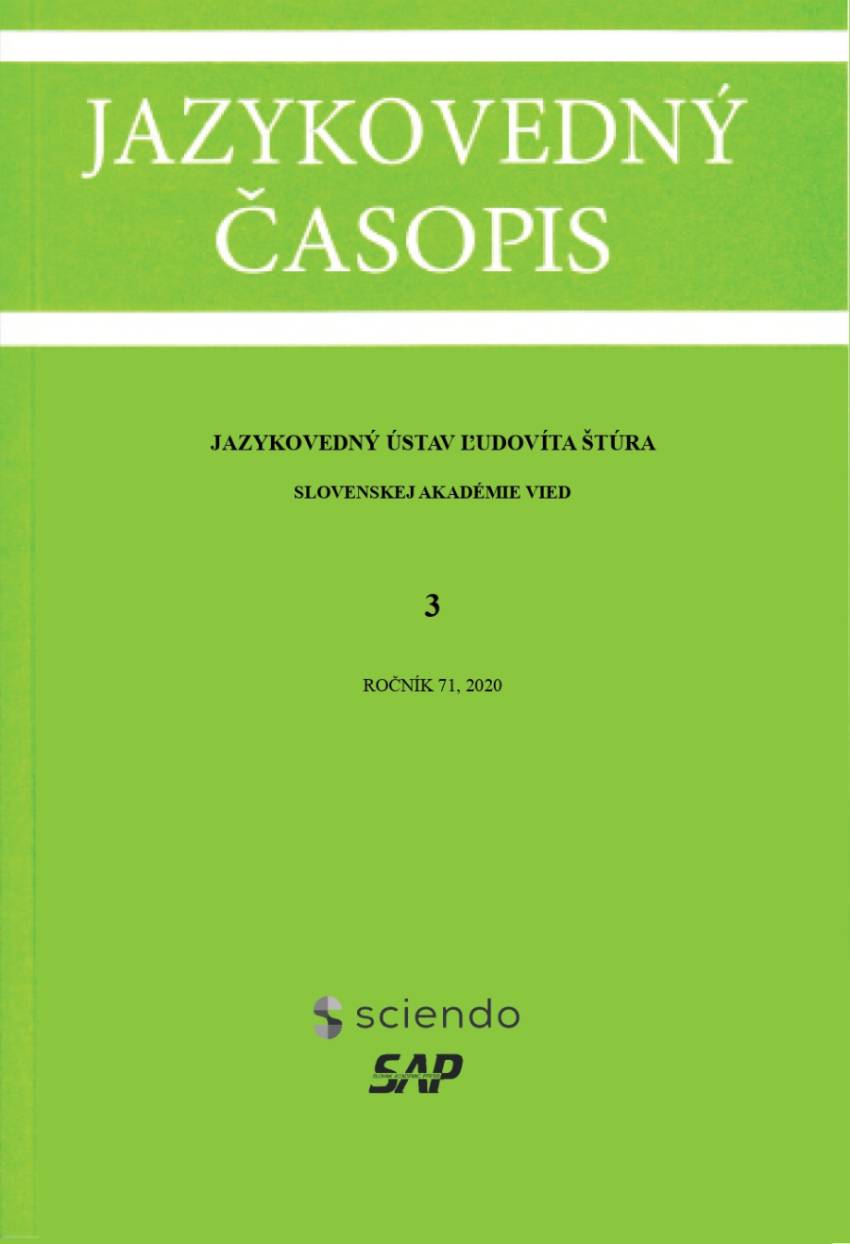
Jazyky a aktéri v jazykovej krajine obcí na slovensko-maďarskom etnicky zmiešanom území na Slovensku
The aim of this paper is to characterize the linguistic landscape of municipalities in Slovakia inhabited by Hungarian minority. Empirical data come from two sources: from BA and MA theses, which were defended in 2015 – 2020 at the Institute of Hungarian Linguistics and Literary Studies at the Faculty of Central European Studies, Constantine the Philosopher University in Nitra and from research project VEGA “Minority variety of the Hungarian language in Slovakia”. As part of the above field research, the linguistic landscape of 82 municipalities in which the Hungarian population makes up at least 20% of the population was mapped. The results fundamentally confirm the research findings of P. Laihonen, who studied linguistic landscape in two municipalities. In all municipalities, the most frequent language was Slovak, this applies to all types of analyzed signs with texts (inscriptions of state and municipal authorities, commercial and private signs). Slovak occurs on at least 80% of signs, the representation of Hungarian as the second most frequent language is between 25 – 55%. The most bilingual Slovak-Hungarian signs are in the southwest of Slovakia, where the largest Hungarian minority lives and where Hungarians form the local majority. On bilingual Slovak-Hungarian signs, the preferred language is Slovak, in terms of information content, it is a duplicate publication of information. Municipal authorities and the commercial sphere have the greatest influence on the formation of the linguistic landscape.
More...


